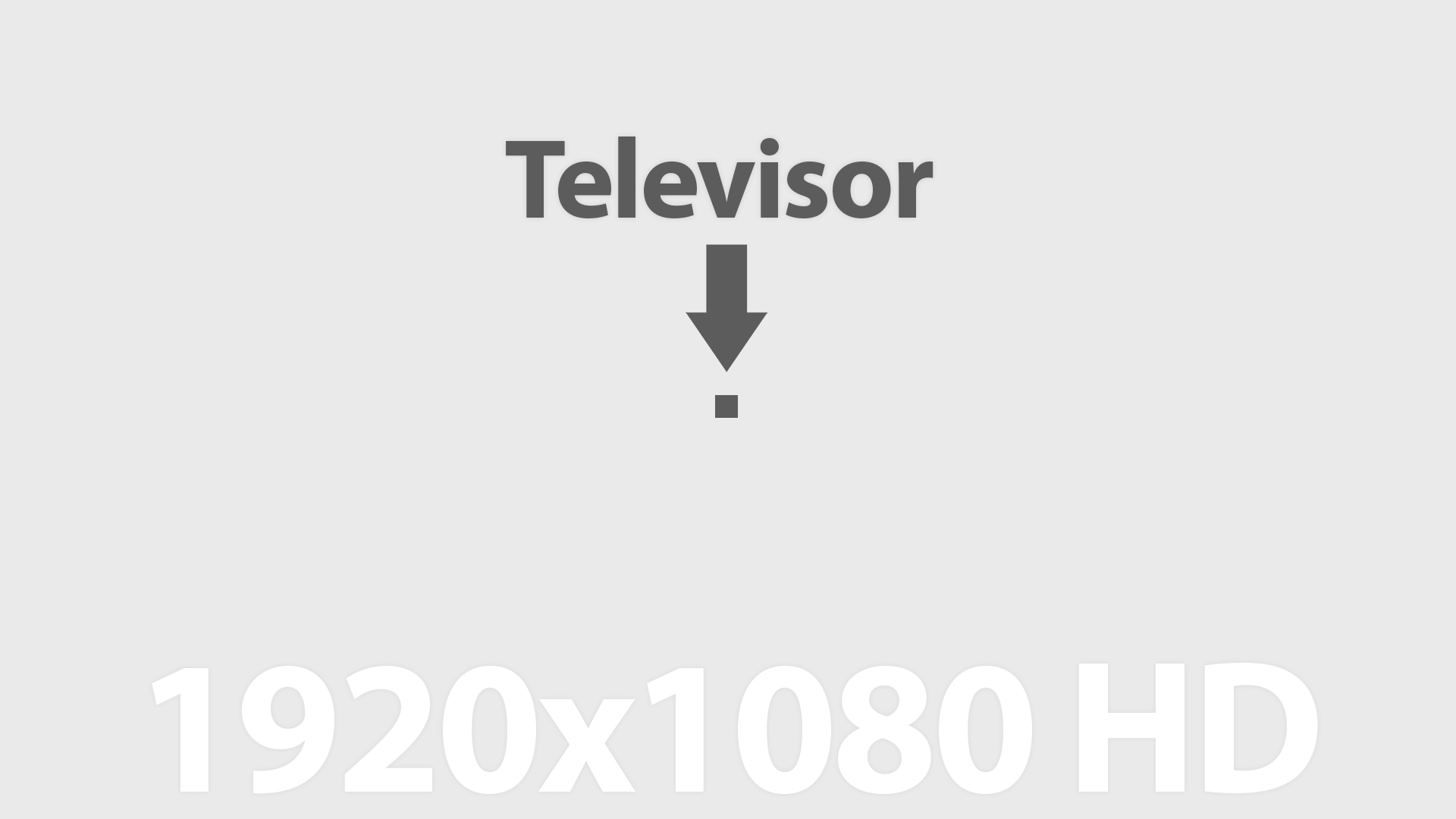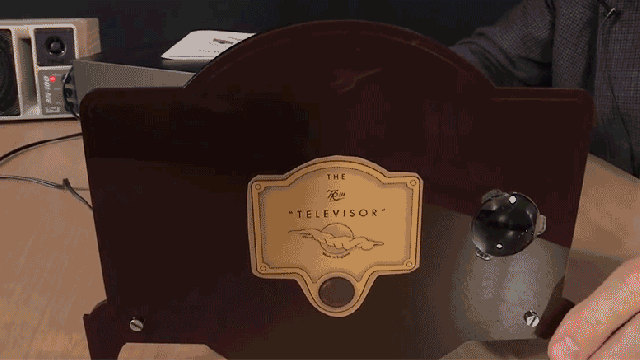Before you start complaining again about the lack of 8K video content online, take a moment to experience what TV was like 87 years ago. As Tim Rowett of Grand Illusion demonstrates, in 1929 TV screens were the size of bottle caps and boasted a paltry resolution of just 30 lines.
Looking at this working model of the Televisor, invented by John Logie Baird, you might assume it was a radio with a dial on one side for selecting a station to listen to. But that tiny glass dome is actually the Televisor’s screen, which viewers had to huddle around and squint at just to figure out what they were looking at.

Even a smartwatch has far more than just 30 lines of resolution, and compared to a modern HDTV, the Televisor’s screen amounts to what looks like nothing more than a single pixel. But in 1929, the technology was almost certainly mind-blowing (moving pictures?! in a box?!) even if the content being broadcasted from the BBC’s existing radio tower infrastructure was all but non-existent.
If there was one reason to be jealous of your great-great grandparents’ Televisor, however, it was that in addition to being able to go out and buy one, plans and schematics were also made available so that anyone could simply build their own. Would you even know where to begin building your own OLED flat screen nowadays?
[YouTube]
